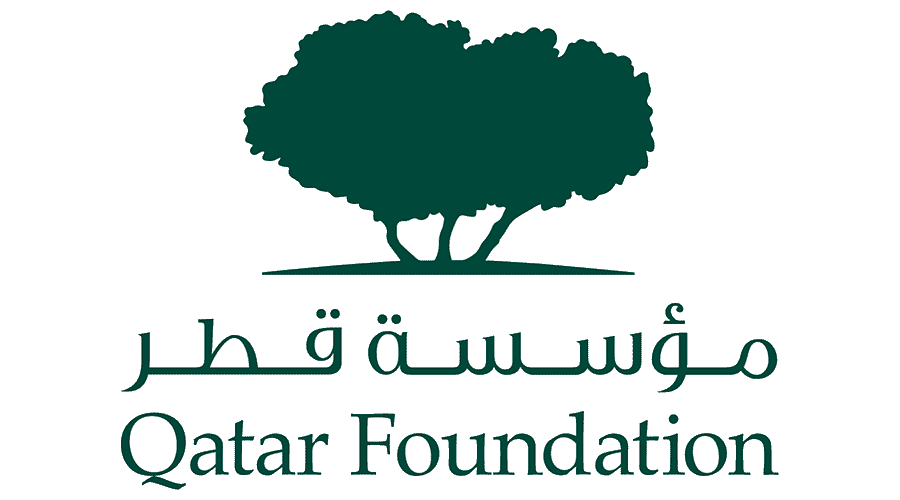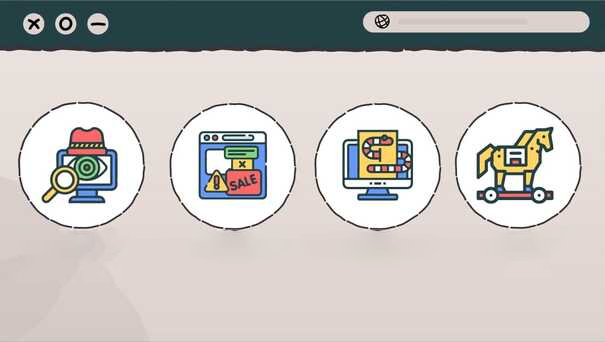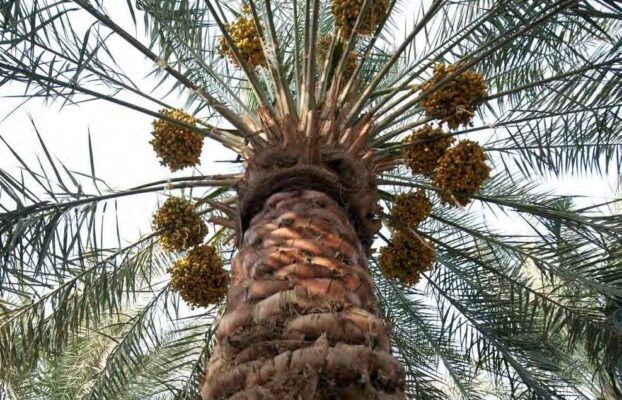Sustainability of Plants
Environmental Awareness
-
Sustainability
QNV 2030: Environmental Development
-
Resource Plan
-
SDG 13: Climate Action
-
12 - 13 years
-
Islamic Studies, Language(s), Science, Visual Arts
-
Resource ID: 15477
- Share Feedback Embed Resource

Overarching Goal(s)
- To nurture learners as global citizens who are connected to their own identity.
- To equip learners with the knowledge, skills, motivation and understanding to demonstrate the importance of Glocalization as a sustainable model for learning.
- To inspire students to act sustainably from both local and global perspectives.
Learning Outcomes
- Learners analyze and interpret the diversity of opinions, and ideas relating to glocalization within both local and global contextual and conceptual frameworks.
- Learners develop lifelong skills which support their sustainable actions.
- Learners reflect on the impact of their actions and demonstrate their understanding of the action as related to sustainability.
Possible Duration (Hours)
6-7 hours
Qatar National Vision 2030 Connection
Qatar National Vision 2030: the students will understand how the environmental development pillar applies to the Qur’anic Botanical Garden.
English: https://www.gco.gov.qa/en/about-qatar/national-vision2030/
Arabic: https://www.gco.gov.qa/ar/about-qatar/national-vision2030/
Source: Government Communications Office (2023). Qatar National Vision 2030. [online] Government Communications Office. Available at: https://www.gco.gov.qa/en/about-qatar/national-vision2030/
Sustainable Development Goals (SDGs) Connection
SDG 11: Sustainable Cities and Communities: The lesson will have aspects of promoting and raising awareness to sustain cities and communities through preserving and caring about the plants.
SDG 13: Climate action: The lesson provides opportunity for the students to connect with preserving and taking care of plants especially in countries with different climates that need adaptations for sustainability and preservation.
The 17 Sustainable Development Goals, United Nations
English: https://sdgs.un.org/goals
Arabic: https://sdgs.un.org/ar/goals
Source: United Nations (2024). The 17 Sustainable Development Goals. [online] United Nations. Available at: https://sdgs.un.org/goals
Action Learning Outcomes
- Learners become more aware of their own strengths and areas for growth.
- Learners undertake challenges that develop new skills.
- Learners persevere in action.
- Learners work collaboratively with others.
- Learners consider the ethical implications of their actions.
Content
The content of the lesson tool revolves around identifying and understanding that plants need taking care of to preserve their sustainability and raise environmental awareness. In addition, how plants are connected to culture, Islamic knowledge, and heritage.
Resource Utilization and Identification: Qur’anic Botanic Garden
Subject Matter: Scientific study on plants and Languages in creating an informational book/catalog. Visual arts for illustrations.
Glocalization Connections: Connect the need to take care of plants, preserve plants and raise environmental awareness.
Differentiation: Mixed ability.
Critical Thinking: Encourage students to analyze the botanical terms and think about their Islamic, heritage and cultural connections.
Real-world Application: Discuss and explain how to raise environmental awareness about Botany and their cultural, Islamic and heritage connections in preserving and sustaining plants.
Strategies
The strategies employed in this lesson tool are designed to foster analyzing, critical thinking, inquiry, collaboration, and innovative engagement. They include visible thinking routines, responsive pedagogy, and problem-solving approaches to adapt to students’ needs and encourage active participation. Students apply meaningful learning experiences that connect to sustainable environmental awareness and botanical terms.
Responsive and Adaptive Pedagogy: Adjust the pace and level of guidance based on student responses and engagement.
Visible Thinking Routines: Implement the “Connect-Extend-Challenge” visible routine to stimulate critical thinking and discussion. Encourage students to utilize what they already know, and what they want to find out more about; to extend their knowledge to learn new information.
Inquiry: Encourage students to inquire about the significance of Botany while maintaining Qatari culture, Islamic traditions and local heritage.
Collaboration: Facilitate a class discussion forum where students can share and compare their perceptions, promoting collaboration and the exchange of diverse perspectives.
Assessment for and as Learning: Use formative assessments for their quiz, responses and Informational book/catalog.
Problem-Solving: Ask students to identify and propose solutions to challenges in climate and environmental surroundings.
Learning Experiences
Learning Engagement 1: Recognizing the significance of plant sustainability, cultural and heritage connections.
Learning Objective: To recognize the sustainability of plants and its cultural, spiritual heritage and Islamic connections.
Introduction and context setting
Students will use the ‘Connect-Extend-Challenge’ visible routine in their notebooks. This visible routine helps students to draw connections between new ideas and prior knowledge.
Connect – Why do you think plants are needed for sustainability? What connections might they have culturally?
Extend – Do you think that plants could be used for traditional medicines across countries? What type of plants and in what countries? What is the meaning of Botany? How is it similar or different from learning about plant germination and their reproduction?
Challenge – What are you curious to know? How might the plants be significant culturally or traditionally for a particular country?
Activity
Instructions for teachers
The teacher will inform the students that they will be reading some information from the Qur’anic Botanic Garden website to research about plants and their connection with culture, heritage and Islam.
Resource 1: Qur’anic Botanic Garden Plants
Link in English: https://qbg.org.qa/about-us/.
Link in Arabic: https://qbg.org.qa/ar-about-us/
Instructions for students
The students will be provided sufficient time to read the information on the provided link and complete the quiz, resource 2: https://rasekh.qa/wp-content/uploads/2024/04/Resource-1_-The-Cultural-and-Heritage-Significance-of-Plants.pdf. Then they will pair up with another student in the class, or three according to the numbers of students in the classroom setting and will discuss their responses. They can use a different colored pen to make any important or interesting notes from their discussion.
Quiz answers
This is for the student’s reference to check answers after completing the quiz during reflection.
Q1) d
Q2) Botanic, Holy Qur’an, preservation, seedling, Sidra, Islamic Heritage, environmental
Q3) c
Q4) b
Q5) diverse, Islamic, conserve, protection, future
Q6) c
Q7) d
Q8) a
Q9) b
Q10) Islamic, cultural, preservation, future
Reflection
The teacher will facilitate student discussion to share their perceptions on the scientific, cultural, heritage and Islamic connections and their responses to the quiz.
Learning Engagement 2: Understanding and creating an environmental awareness project of Botanical terms that are culturally, ethically and Islamically significant.
Learning Objective: To understand and create an environmental awareness project on Botanical terms that are culturally, ethically and Islamically significant.
The teacher will explain to the students that they will research on the following link:
English site link: https://qbg.org.qa/qbg-plants/
Arabic site link: https://qbg.org.qa/ar-qbg-plants/
The students can work in pairs and will choose up to several botanical terms that interest them to create their catalog either digitally or using paper/card/models to raise awareness about the botanical terms of plants and their cultural, ethical, and Islamic significance. They will need to organize their catalog, and include a table of contents, glossary of important terminology and an index page. The students should write in their words and use specific referencing with quotes, botanical terminology, and citation accurately to provide credit to the source of the information.
Prior to the lesson the teacher will facilitate with the students as a class to create a rubric of what should be included as part of the assessment to achieve a successful environmental awareness project. This will provide students the opportunity to understand and take ownership of their learning.
Action
The students will organize a Botany environmental information session to invite their peers and classes in the school to raise awareness about the significance of preserving.
Community Service Action:
The students should be encouraged to visit the following link to connect and be involved in The Qur’anic Botanic Garden initiatives as part of Community Service Action. They have competitions, campaigns that they can be involved in with the consent from their parents.
English link: https://qbg.org.qa/our-programs/
Arabic link: https://qbg.org.qa/ar-our-programsE
Checking for Understanding
Learning Engagement 1: Recognizing the significance of plant sustainability, cultural and heritage connections.
Activity
Check the students’ connections in recognizing the significance of plant sustainability, cultural and heritage.
Learning Engagement 2: Understanding and creating an environmental awareness project of Botanical terms that are culturally, ethically and Islamically significant.
Check the student’s environmental awareness project with the agreed rubric.
Differentiation
Mixed ability.
Key Vocabulary
botany, botanical, culture, environmental awareness, growth, habitat, heritage, Islamic connections, plants, preservation, reproduction, scientific study, sustainability, terminology
Resources
Resource 1: Qur’anic Botanic Garden Plants
English site link: https://qbg.org.qa/qbg-plants/
Arabic site link: https://qbg.org.qa/ar-qbg-plants/
Resource 2: Qur’anic Botanic Garden Quiz: https://rasekh.qa/wp-content/uploads/2024/04/Resource-1_-The-Cultural-and-Heritage-Significance-of-Plants.pdf
Resource Publisher
Qatar Foundation
Qatar Foundation (QF) is a not-for-profit organization where centers and programs focused on education, research and innovation, and community development intertwine for the benefit of Qatar and the world.










